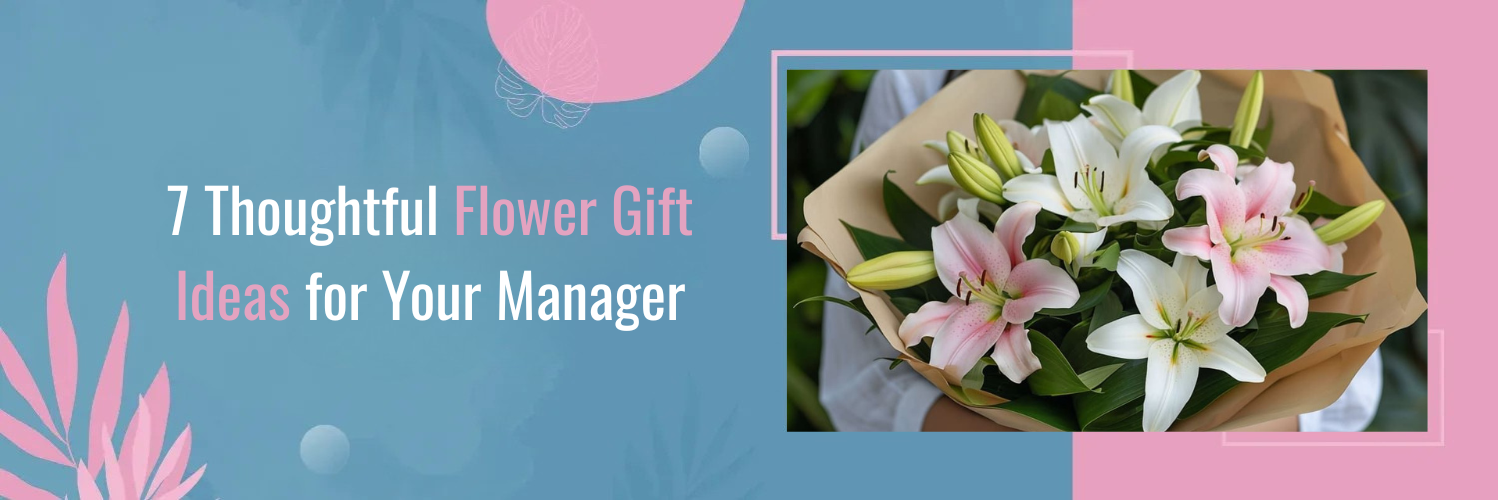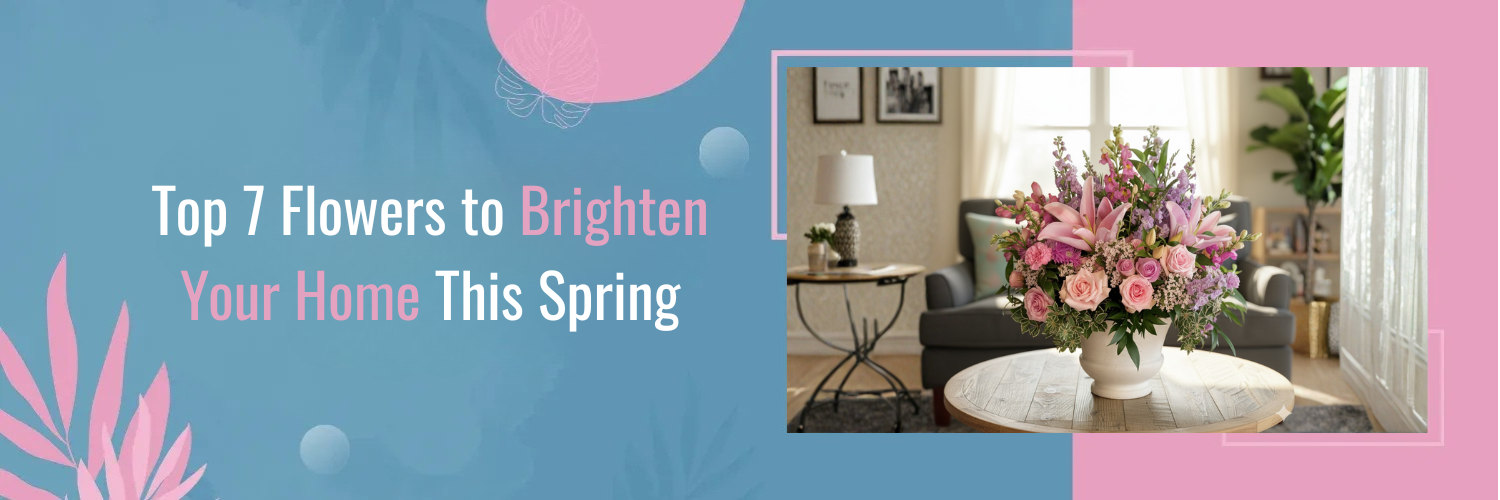What are Maidenhair Ferns?

Maidenhair Ferns (Adiantum spp.) are a captivating addition to any indoor garden, known for their elegance and enchanting feathery fronds. This diverse group of ferns, with over 200 species in the Adiantum genus, hails from various corners of the world, from tropical rainforests to temperate woodlands and even arctic regions. Their distinct fan-shaped foliage, composed of countless tiny leaflets, imparts these plants a delicate and ethereal charm.
Indoor gardeners have embraced Maidenhair Ferns for their aesthetic appeal and relatively manageable care requirements. Whether you’re a seasoned indoor plant enthusiast or just starting your green journey, this guide will equip you with the knowledge and skills needed to ensure the flourishing health and beauty of your Maidenhair Ferns.
Why Do They Make Excellent Indoor Houseplants?

Maidenhair Ferns make excellent indoor houseplants for several reasons. First and foremost, their graceful foliage adds a touch of elegance to any room, making them popular choices for home decor. Additionally, they are relatively adaptable to indoor conditions, making them suitable for a wide range of environments. Their air-purifying properties and humidity-loving nature also contribute to their popularity as indoor plants.
Importance of Proper Care
While Maidenhair Ferns can thrive indoors, they require specific care to maintain their beauty and health. Proper care involves attention to factors like light, temperature, humidity, and watering. Neglecting these aspects can lead to common issues such as yellowing fronds, pest infestations, or even the death of the plant. Therefore, understanding the intricacies of their care is crucial to ensure a flourishing Maidenhair Fern.
Selecting the Right Maidenhair Fern

Choosing the Right Species
The Adiantum genus comprises various species, each with its unique characteristics. Common species include Adiantum raddianum, Adiantum capillus-veneris, and Adiantum fragrans. Consider factors such as size, frond shape, and growth requirements when selecting the suitable species for your indoor garden.
Purchasing Healthy Plants
To ensure a healthy start for your Maidenhair Fern, it’s crucial to purchase plants that are free from diseases and stress factors. When shopping at a nursery or garden centre, follow these tips:
- Inspect the leaves for signs of damage, discolouration, or pests.
- Check the soil to ensure it is not waterlogged or overly dry.
- Select ferns with lush, green fronds and avoid those with wilting or yellowing foliage.
- Buy from reputable sources to increase the likelihood of obtaining a healthy plant.
Indoor Growing Conditions

Light Requirements
Maidenhair Ferns thrive in indirect, filtered light. Place them near north or east-facing windows where they can receive bright, indirect sunlight. Avoid direct sunlight, as it can scorch their delicate fronds. Inadequate light can lead to leggy growth and decreased overall health.
Temperature and Humidity
Maintaining proper temperature and humidity levels is vital for the health of your Maidenhair Fern. Aim for temperatures between 65°F to 75°F (18°C to 24°C) and humidity levels between 50% to 80%. You can increase humidity by using a humidity tray, a room humidifier, or misting the plant regularly.
Potting and Soil
Select a well-draining pot with a drainage hole to prevent waterlogged roots. Use a potting mix designed for ferns, or create your own by combining peat moss, perlite, and a small amount of sand. Report your fern when it becomes root-bound, typically every 2-3 years, to ensure continued growth.
Watering and Feeding

Proper Watering Techniques
Proper watering is essential to the health and vitality of your Maidenhair Fern. These ferns have a strong preference for consistently moist soil, but they are susceptible to overwatering. Here’s how to master the art of watering your Maidenhair Fern:
- Check the Soil Moisture:
Before watering, assess the moisture level in the soil. Stick your finger into the soil’s top inch (about 2.5 cm). If it feels slightly dry to the touch, it’s time to water. If it still feels moist, hold off on watering for a few more days.
- Use Room-Temperature Water:
Maidenhair Ferns are particularly sensitive to temperature changes. Always use room-temperature water to avoid shocking the plant. Let tap water sit for a while to dissipate any chlorine before use.
- Water Thoroughly but Gently:
When it’s time to water, do so thoroughly. Water the soil until you see a bit of excess water draining from the pot’s bottom. However, avoid drenching the plant or leaving it sitting in standing water, as this can lead to root rot.
- Ensure Proper Drainage:
Ensure that your Maidenhair Fern is potted in a container with good drainage. Excess water should be able to escape easily from the bottom of the pot.
- Be Mindful of Humidity:
Indoor humidity levels can affect your fern’s water needs. In dry indoor environments, you may need to water more frequently or consider using a humidity tray or room humidifier to maintain the necessary moisture levels.
Feeding and Fertilising

Feeding your Maidenhair Fern with the right nutrients is crucial for its overall health and growth. Here’s how to properly feed and fertilise your fern:
- Choose a Balanced Fertiliser:
Opt for a balanced, water-soluble fertiliser with equal proportions of nitrogen (N), phosphorus (P), and potassium (K). Look for a formula with a lower concentration, typically labelled as 10-10-10 or similar.
- Dilute the Fertiliser:
It’s essential to dilute the fertiliser to half the recommended strength. This prevents over-fertilisation, which can harm the plant. Follow the instructions on the fertiliser label for accurate dilution.
- Fertilise During the Growing Season:
Maidenhair Ferns go through periods of active growth during the spring and summer. Fertilise your fern every 4-6 weeks during these months to provide the nutrients it needs to thrive.
- Avoid Fertilising in the Winter:
During the fern’s dormancy period in late fall and winter, reduce or cease fertilisation. The plant’s growth slows down during this time, and it requires fewer nutrients.
- Apply Fertiliser to Damp Soil:
Always apply fertiliser to damp soil. Water your fern lightly before feeding to prevent potential root damage from direct contact with concentrated fertiliser.
Maintenance and Pruning

Maintaining the appearance and overall health of your Maidenhair Fern requires regular pruning. Pruning is a straightforward yet vital aspect of fern care. Follow these tips to ensure that your fern remains lush and attractive:
- Identify Dead or Yellowing Fronds:
Periodically inspect your Maidenhair Fern for fronds that have turned brown or yellow or have become damaged. These fronds not only detract from the plant’s aesthetics but can also harbor pests or diseases.
- Use Clean and Sharp Tools:
Make sure your scissors or pruning shears are clean and sharp before pruning. Dirty or dull tools can cause damage to the fronds and potentially introduce pathogens.
- Cut Close to the Base:
When pruning, snip dead or yellowing fronds as close to the base of the plant as possible. Make clean, precise cuts to avoid leaving stubs, which can attract pests and inhibit new growth.
- Promote New Growth:
Regularly removing spent or unhealthy fronds encourages fresh, vibrant growth development. This process revitalizes the appearance of your Maidenhair Fern.
- Dispose of Pruned Material:
After pruning, dispose of the removed fronds properly. Do not leave them in the pot, as decaying plant material can create a breeding ground for pests and diseases.
Pest and Disease Control
Like many houseplants, Maidenhair Ferns can be susceptible to pests and diseases. Regular inspection and prompt action are essential to keep your fern thriving. Here’s how to address common issues:
- Inspect Your Fern:
Regularly examine the foliage and the undersides of the fronds for any signs of pest infestations or disease symptoms. Common pests include spider mites, aphids, and mealybugs, while powdery mildew is a typical fungal disease.
- Isolate Affected Plants:
If you detect an infestation or illness on one of your Maidenhair Ferns, isolate it from your other plants to prevent the issue from spreading.
- Treatment for Pests:
For pest control, consider using neem oil, insecticidal soap, or horticultural oils. Follow the product instructions carefully and apply treatments as needed. Be sure to treat the entire plant, including the undersides of leaves, where many pests hide.
- Treatment for Diseases:
If your fern develops powdery mildew or other fungal diseases, use a suitable fungicide according to the manufacturer’s instructions. Ensure proper ventilation and avoid overcrowding plants to reduce the risk of fungal infections.
- Prune Affected Areas:
If a section of your fern is heavily infested or diseased, consider pruning it away. Dispose of the pruned material properly.
- Maintain Ideal Conditions:
Maintaining optimal humidity levels, proper air circulation, and consistent care can help prevent pest infestations and diseases. Healthy plants are less susceptible to these issues.
Propagation
Methods of Propagation
There are two primary methods of propagating Maidenhair Ferns:
- Spore propagation: This method involves collecting and cultivating spores released by mature fronds to grow new ferns.
- Division of the plant: Divide an established Maidenhair Fern into smaller sections, each with roots and fronds, to create new plants.
Step-By-Step Guide to Propagation
Follow these steps for a detailed guide on propagating Maidenhair Ferns through spore propagation and division.
Spore Propagation:
- Collect spores from mature fronds.
- Sow spores on a suitable growing medium.
- Cover the container to maintain humidity.
- Transfer sporelings to individual pots when they grow large enough.
Division of the Plant:
- Remove the fern from its pot.
- Gently separate the plant into sections, ensuring each section has roots and fronds.
- Repot the divided sections into separate containers.
- Care for the new plants as you would with mature Maidenhair Ferns.
Looking for indoor houseplants?
If you’re looking to enhance the ambience of your home with more greenery or wish to gift the joy of houseplants to someone special, consider ordering from Bourkes Florist. With our wide selection of beautiful blooms and floral arrangements, you can brighten up any space or make someone’s day truly memorable. Shop now!
FAQs
Q: How Often Should I Water My Maidenhair Fern?
Water your Maidenhair Fern when the top inch (2.5 cm) of the soil feels slightly dry to the touch. Avoid overwatering, as it can lead to root rot.
Q: Can Maidenhair Ferns Tolerate Low Light Conditions?
While they prefer bright, indirect light, Maidenhair Ferns can tolerate lower light conditions but may grow more slowly and have less vibrant foliage.
Q: What Should I Do if My Fern Gets Brown or Yellow Leaves?
Trim brown or yellowing fronds close to the base of the plant to encourage new growth. Ensure proper watering and humidity levels.
Q: Are Maidenhair Ferns Toxic to Pets?
Maidenhair Ferns are generally non-toxic to pets. However, it’s best to prevent pets from nibbling on the fronds to avoid any potential digestive upset.
Q: How Do I Prevent Pests Like Spider Mites From Infesting My Fern?
Regularly inspect your fern for pests and use natural remedies like neem oil or insecticidal soap if an infestation occurs. Isolate new plants to prevent introducing pests.
Q: Can I Place My Maidenhair Fern Outdoors During the Summer?
Yes, you can place your Maidenhair Fern outdoors during the summer, but ensure it is in a shaded or filtered light location to prevent direct sun exposure, which can scorch the fronds. Bring it back indoors before the temperatures drop in the fall.
























